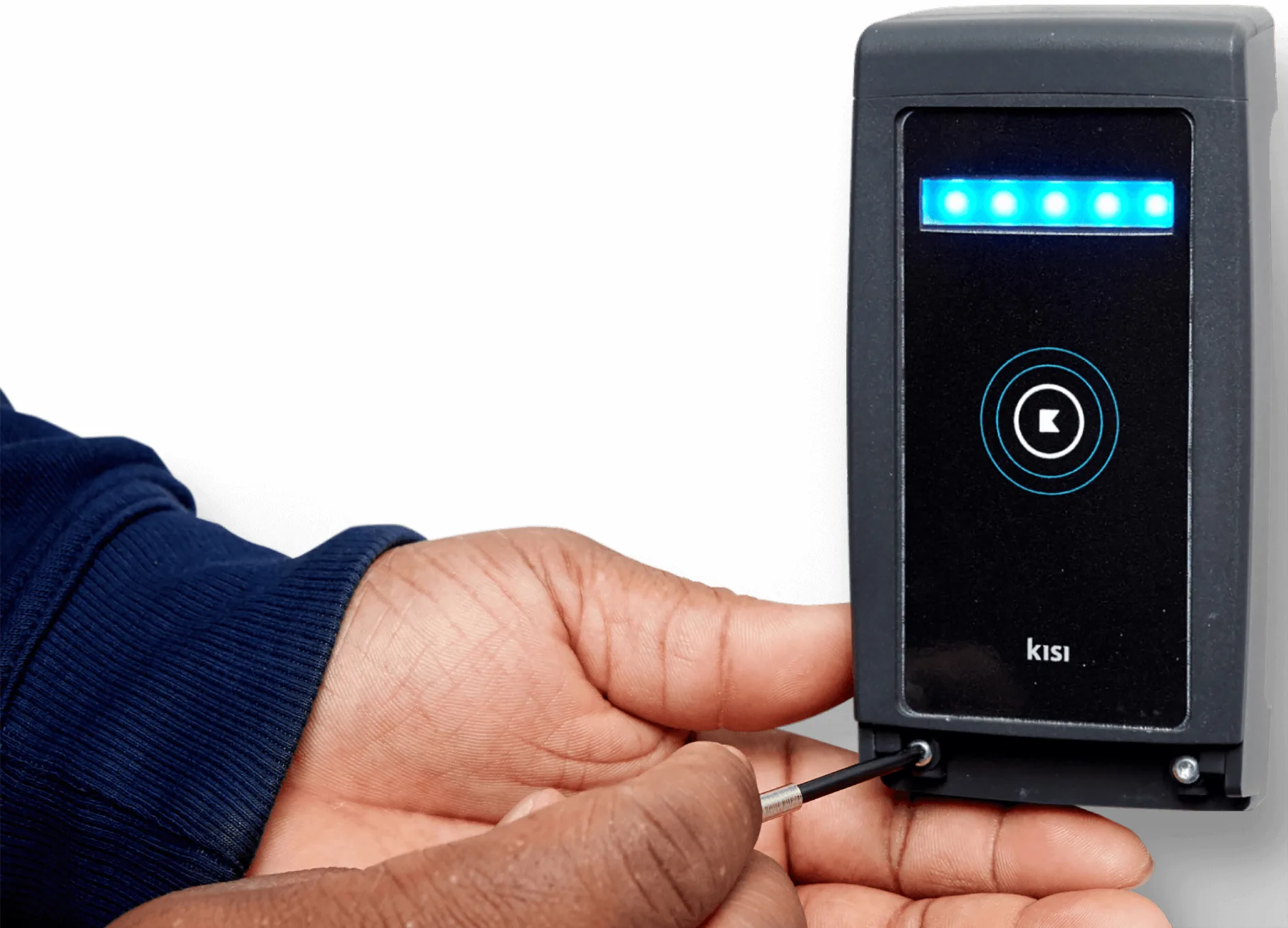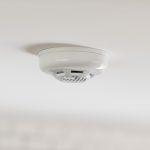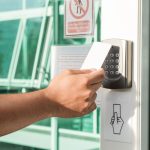I. Introduction
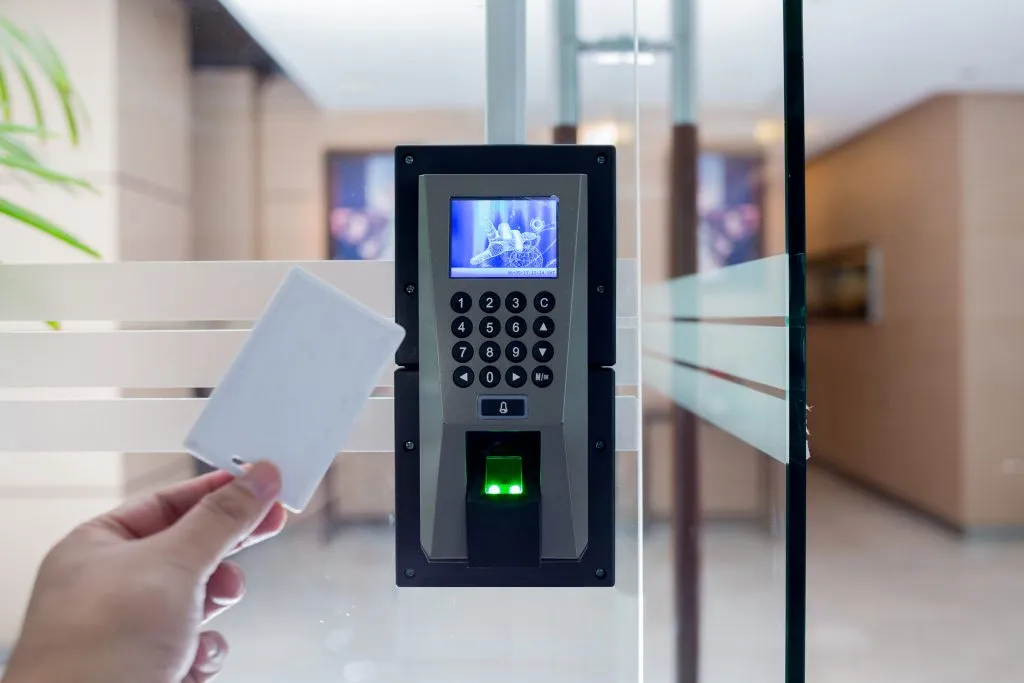
A. Importance of Access Control Systems for Security
Access control systems are crucial for ensuring the security and safety of both individuals and organizations. These systems not only provide protection against unauthorized entry, but they also help in safeguarding valuable assets and sensitive information. Access control is essential in a wide range of environments, including residential buildings, commercial premises, healthcare facilities, educational institutions, and government agencies.
B. Overview of Access Control Installation
The installation of access control systems involves a series of steps, including system planning, equipment selection, installation, and configuration. It is important to conduct a thorough assessment of the premises to determine the specific needs and requirements. The selection of the appropriate access control system depends on factors such as the size of the facility, the number of users, the level of security needed, and the budget available. Once installed, the system can be customized to meet the unique needs of the organization.
II. Understanding Access Control Systems
A. Definition and Components of Access Control Systems
Access control systems refer to the mechanisms and processes that manage and control the access to physical or digital resources. They consist of several components, including credentials, readers, controllers, locks, and management software. Credentials can be in the form of access cards, key fobs, or biometric data such as fingerprints or facial recognition. Readers are devices that verify the credentials and grant or deny access based on the permissions assigned. Controllers act as the brains of the system, processing the information from the readers and communicating with the locks to grant or deny access.
B. Types of Access Control Systems
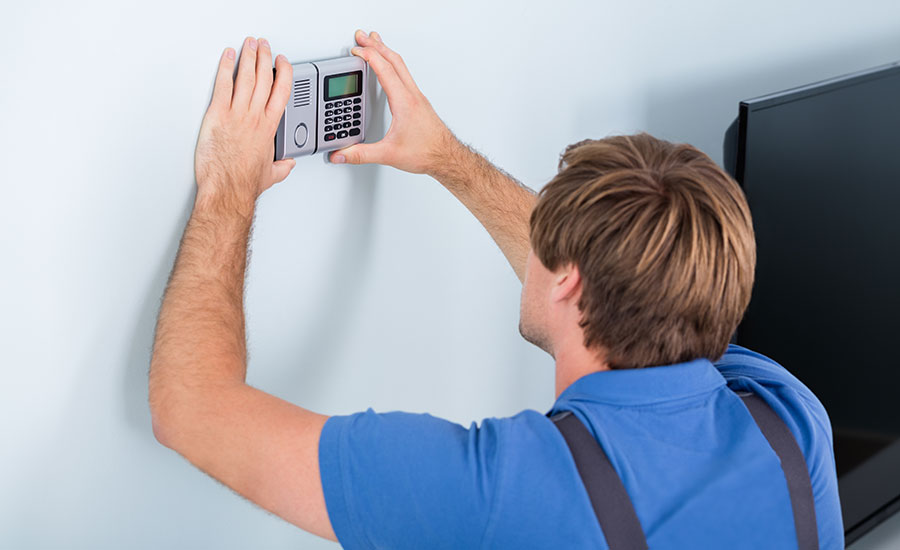
- Physical Access Control Systems
Physical access control systems are designed to control entry to physical spaces, such as buildings, rooms, or areas within a facility. They use a combination of electronic devices, such as card readers, keypads, or biometric scanners, along with physical barriers like doors, gates, or turnstiles. These systems are effective in preventing unauthorized individuals from gaining access to restricted areas, protecting personnel, assets, and sensitive information.
- Electronic Access Control Systems
Electronic access control systems are used to secure digital resources, such as computer networks, servers, and data centers. They employ authentication methods, such as passwords, keycards, or biometric data, to verify the identity of users before granting access to sensitive information. These systems provide an additional layer of protection against cyber threats and help in complying with security regulations and industry standards.
III. Benefits of Access Control Systems
A. Enhanced Security and Protection
One of the key benefits of access control systems is the enhanced security and protection they provide. By restricting access to authorized individuals only, these systems reduce the risk of unauthorized entry, theft, vandalism, or other security incidents. They act as a deterrent to potential intruders and provide peace of mind to residents, employees, and visitors.
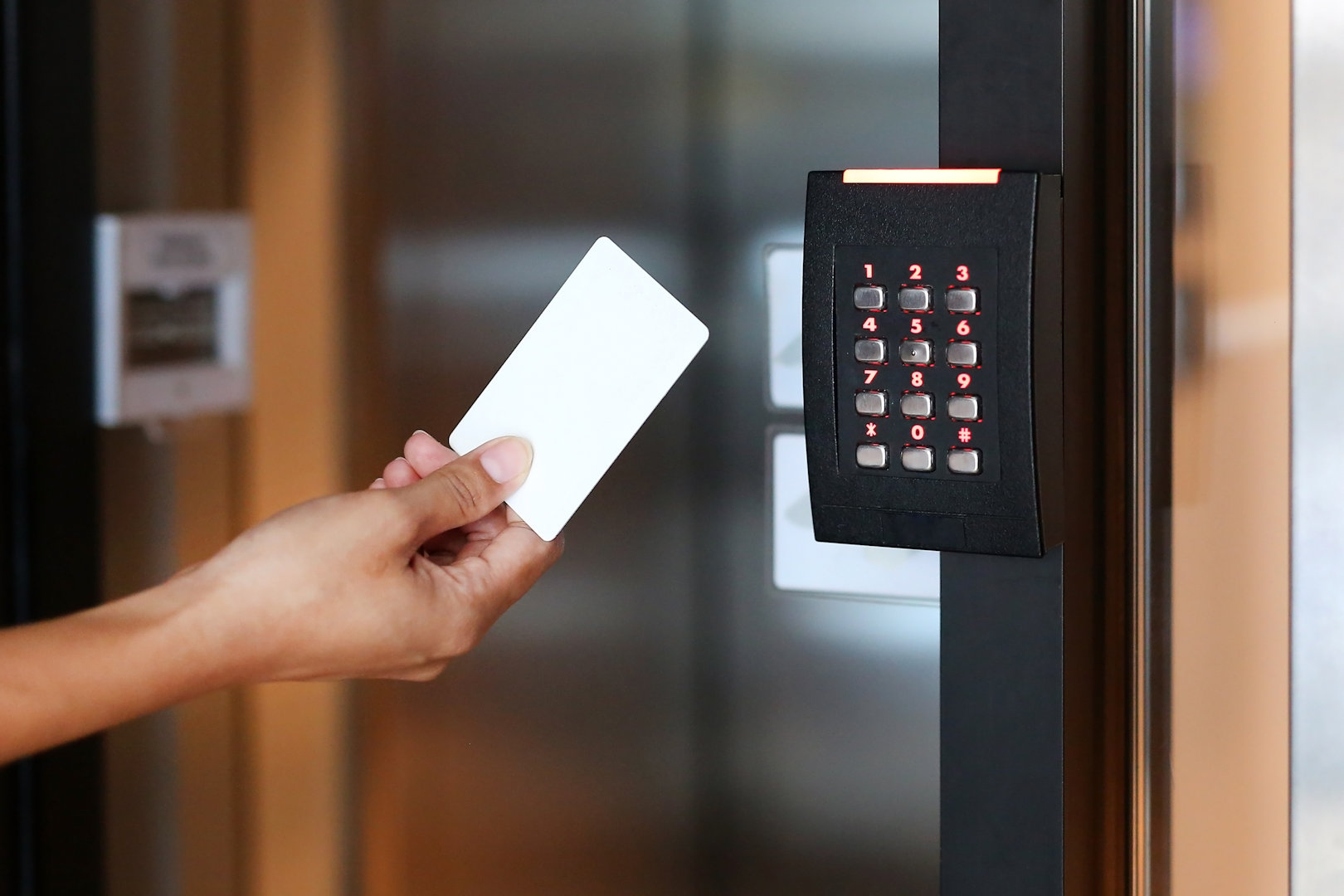
Access control systems allow organizations to define and enforce access policies, ensuring that only authorized individuals can enter specific areas or use certain resources. This helps in preventing unauthorized access to sensitive information, confidential data, or critical infrastructure. By limiting access to key personnel, organizations can prevent security breaches, minimize the risk of data breaches, and protect valuable assets.
C. Data and Asset Protection
Access control systems play a crucial role in protecting sensitive data and valuable assets. By controlling and monitoring access to areas containing confidential information or high-value assets, organizations can minimize the risk of theft, loss, or damage. Additionally, access control systems provide an audit trail of all access attempts, allowing for accountability and investigation in case of any security incidents or breaches.
D. Monitoring and Audit Trail Capabilities
Access control systems offer monitoring and audit trail capabilities, allowing organizations to track and record all access attempts. This provides valuable data for security analysis, incident response, and compliance purposes. In case of security incidents, organizations can review the audit trail to identify the cause, determine the responsible parties, and take appropriate actions to prevent similar incidents in the future.
IV. Planning and Preparation for Access Control Installation
A. Assessing Security Needs and Risks
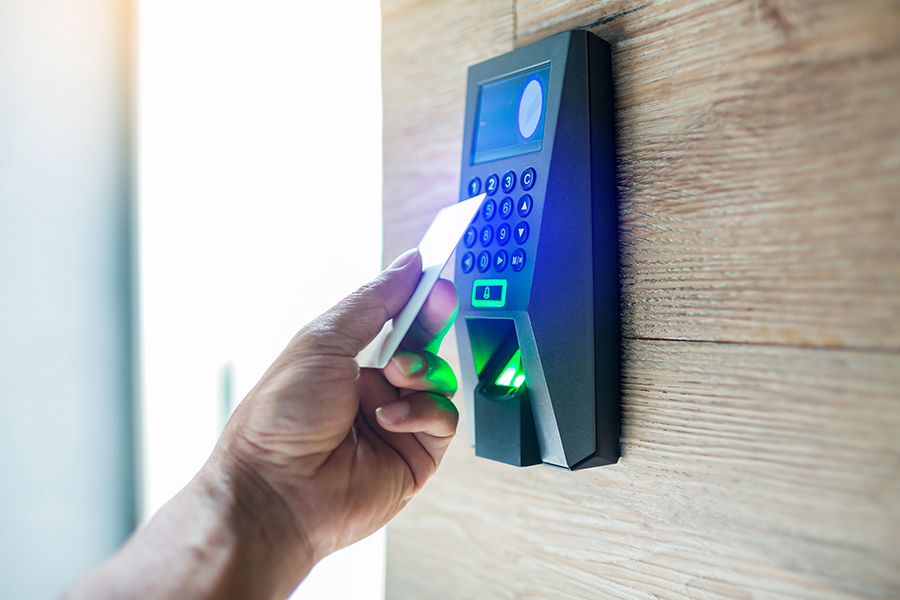
When it comes to installing an access control system, it is crucial to first assess the security needs and risks of your facility. This involves conducting a thorough evaluation of the potential threats and vulnerabilities that your organization may face. Some common security risks include unauthorized access, theft, vandalism, and potential harm to employees or visitors.
To properly assess the security needs and risks, you can start by conducting a security audit. This involves inspecting your facility and identifying any areas that may be susceptible to security breaches. This can include examining the layout and design of the building, assessing the current security measures in place, and identifying any potential weak points.
Once you have identified the security needs and risks, you can then determine the level of access control required. This includes considering factors such as the number of access points, the sensitivity of the areas that need to be secured, and the level of control needed for different individuals or groups.
B. Identifying Access Points and Entryways
The next step in planning for access control installation is to identify the access points and entryways that need to be secured. This involves auditing and mapping out all the entry points in your facility, including doors, gates, elevators, and parking areas.
By identifying and mapping out all the access points, you can effectively determine the type of access control devices and systems that are needed in each location. This can include key card readers, biometric scanners, or PIN code entry systems.
C. Integration with Existing Security Infrastructure
Before moving forward with the installation of an access control system, it is crucial to assess the compatibility and integration with your existing security infrastructure. This includes evaluating any existing security systems already in place, such as surveillance cameras, alarms, or intercom systems.
By ensuring that your access control system can seamlessly integrate with your existing security infrastructure, you can enhance the overall effectiveness and efficiency of your security operations. This can also help to streamline the management and monitoring of your security systems.
In conclusion, installing an access control system involves careful planning and preparation. Assessing security needs and risks, identifying access points and entryways, and integrating with existing security infrastructure are all essential steps in the planning phase. The installation process includes system design and equipment selection, wiring and connection setup, installation of access control devices, and testing and commissioning. Once the system is installed, configuring and managing access control systems, training and educating users, and regularly reviewing access control policies are crucial for maintaining a secure environment.
